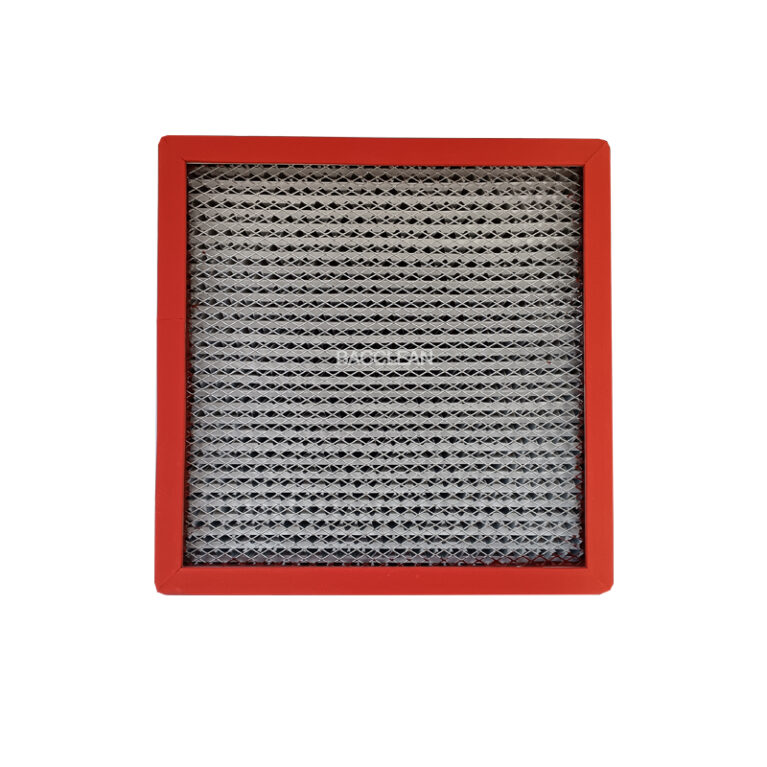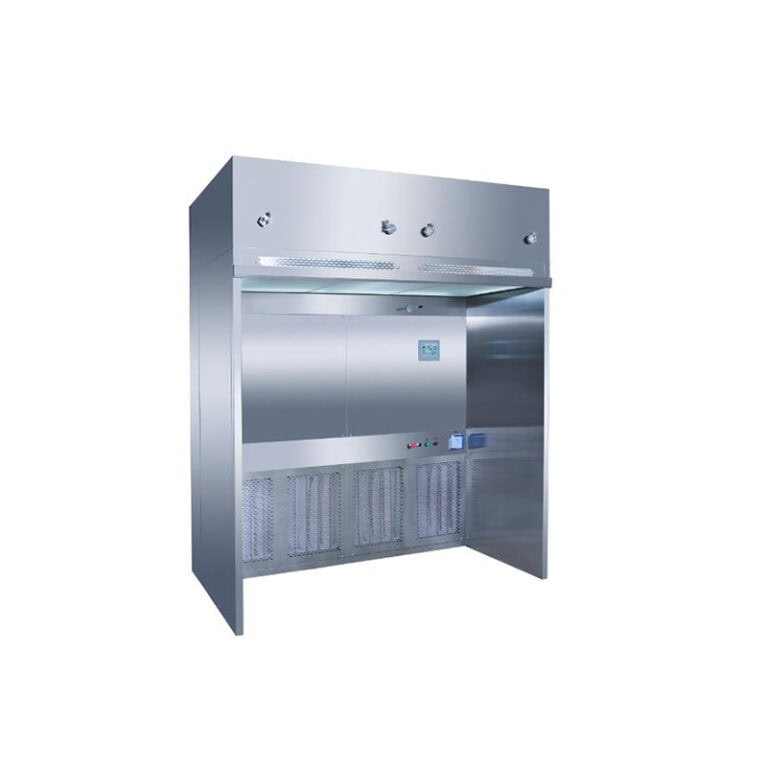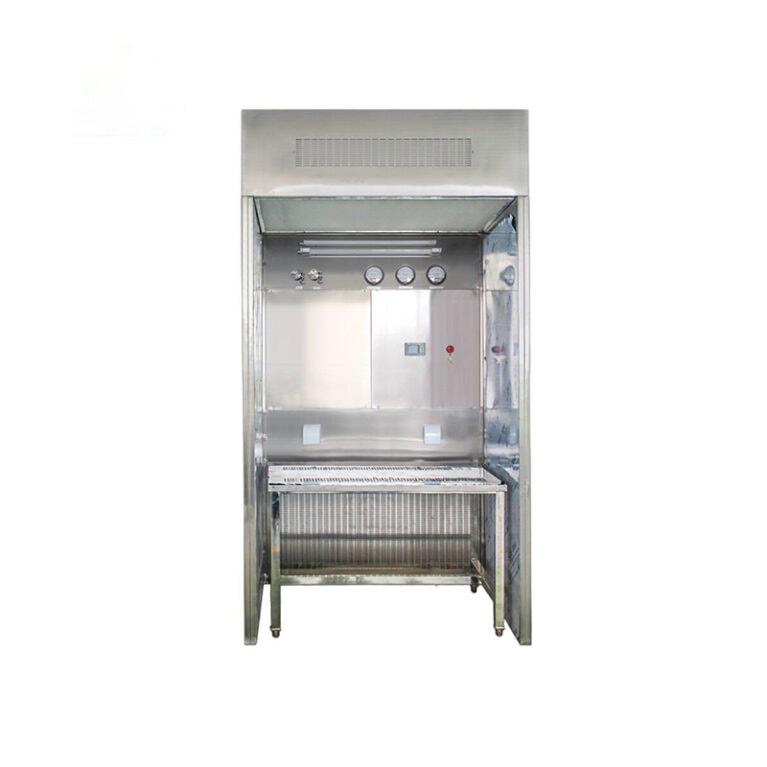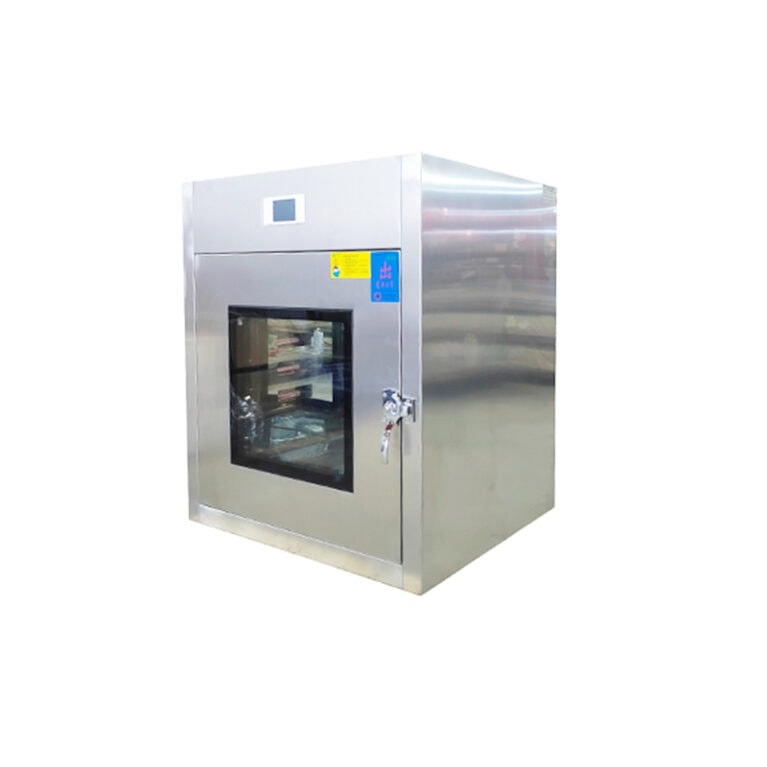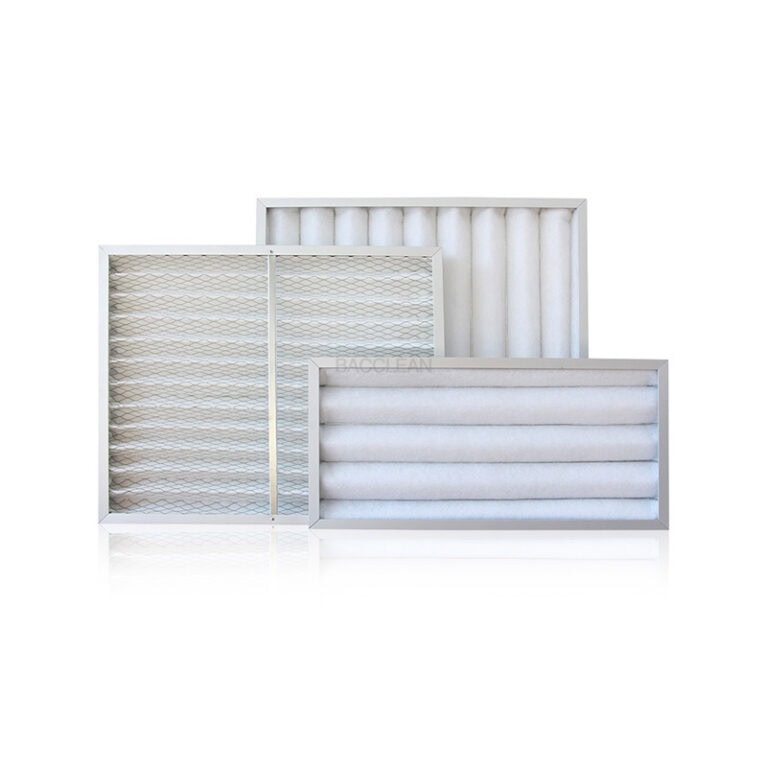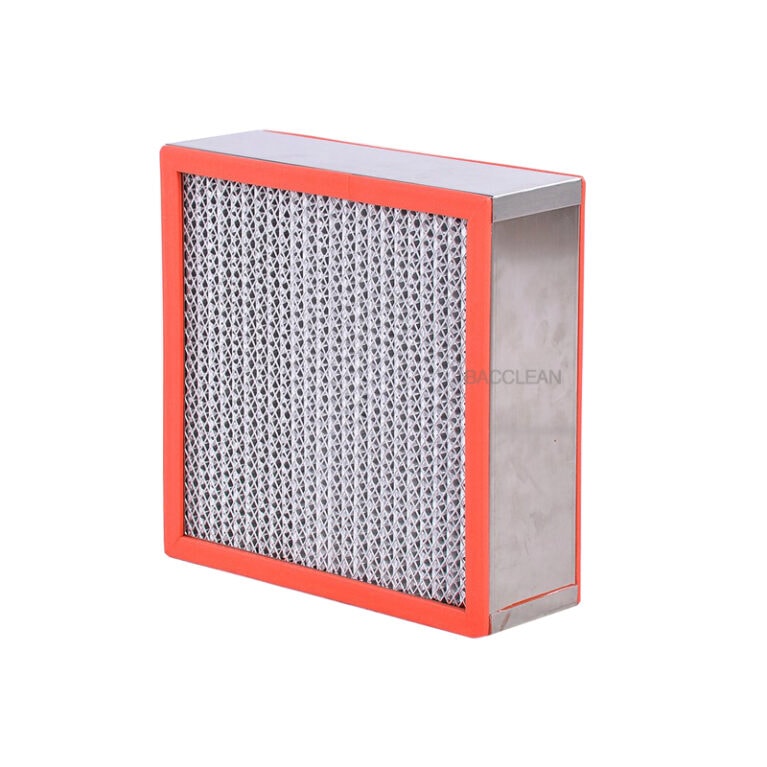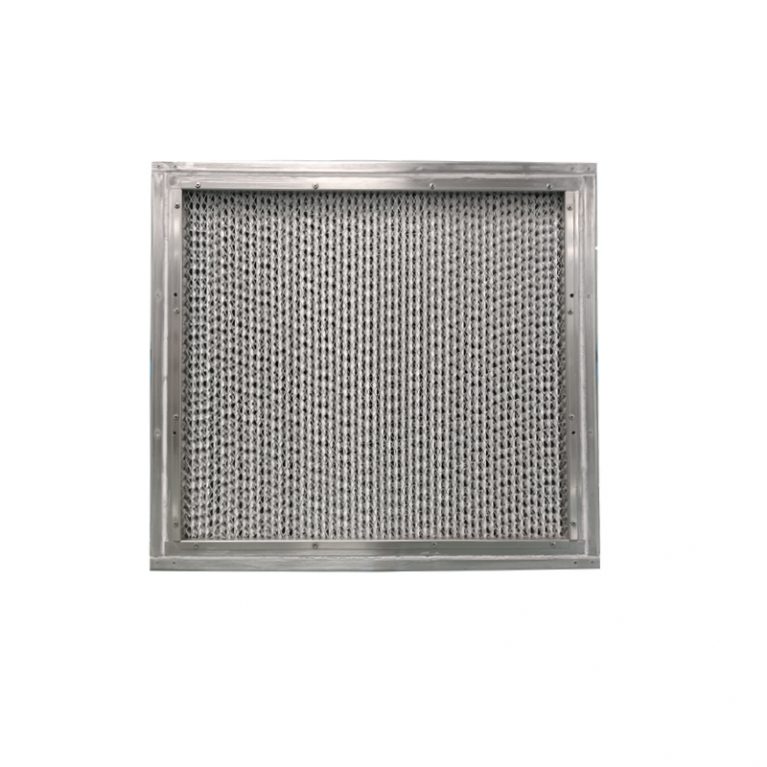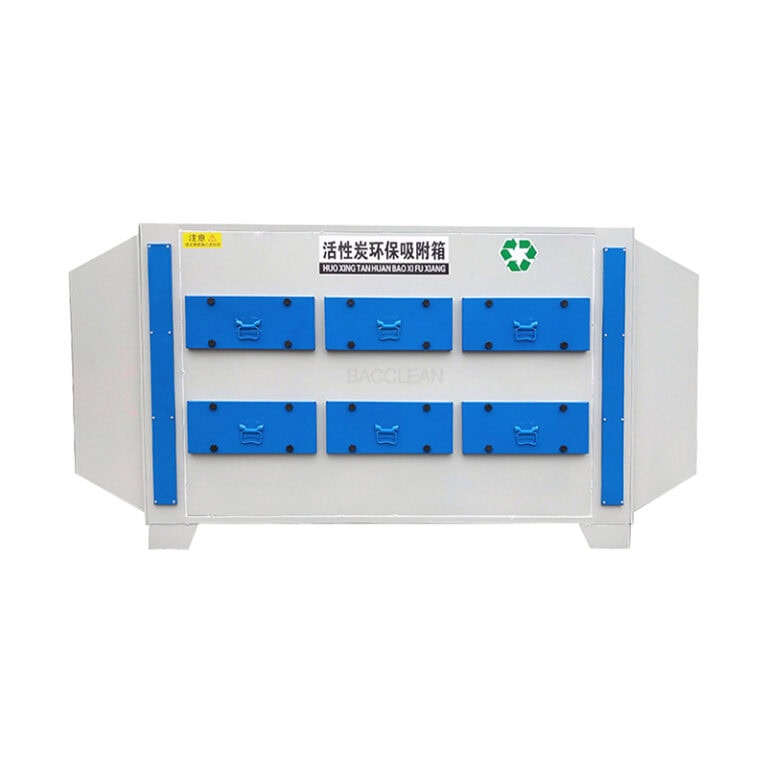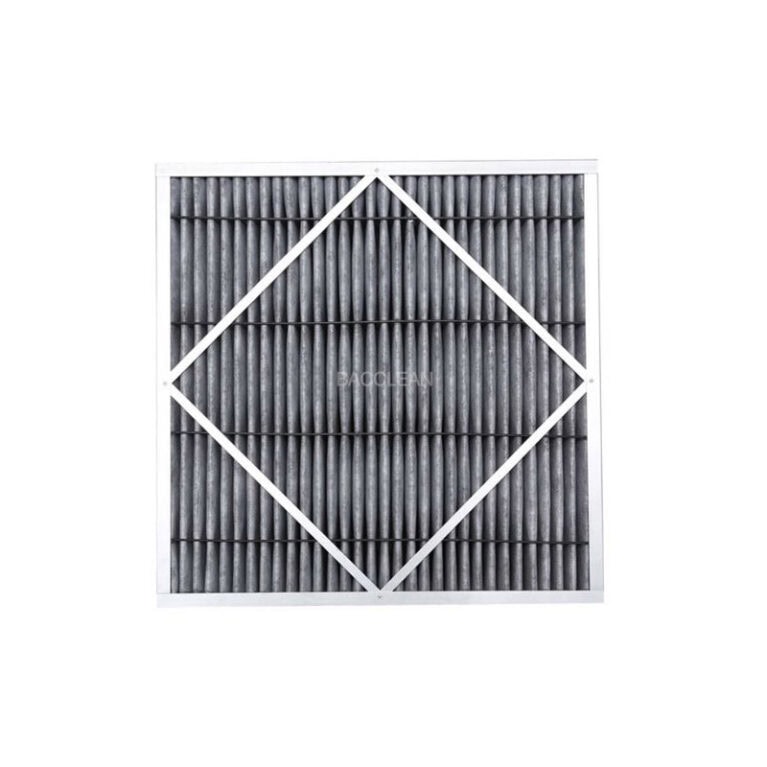There is no uniform standard for the replacement cycle of non-woven filters. It mainly depends on factors such as the usage environment, the configuration of the pre-filter, and the operating load, and is usually between three months and three years. The actual replacement needs to be determined in combination with specific working conditions. The following is a detailed explanation from three aspects: core influencing factors, typical scenario cycles, and judgment basis:
I. Key Factors Affecting the Replacement Cycle
Environmental cleanliness
High-cleanliness environments (such as semiconductor cleanrooms and operating rooms): The particulate matter in the air is extremely small (the number of particles ≥0.5μm is ≤1000 per cubic meter), the dust accumulation rate of the filter material is slow, and the replacement cycle can be extended to 1.5 to 3 years.
In general industrial environments (such as food workshops and laboratories), the dust content is relatively high (the number of particles ≥0.5μm is 10,000-500,000 per cubic meter), and the filter material is prone to clogging. The cycle may be shortened to 6-12 months.
Harsh environments (such as dusty workshops, unpurified outdoor ventilation): A large amount of dust directly impacts the filter material, and the cycle may only last for 3 to 6 months.
The effectiveness of the pre-filtration system
The pre-filter (pre-filter G4 + medium-efficiency F8) can intercept over 80% of large particle dust, significantly reducing the load on the non-woven filter.
If the pre-filter is complete and replaced regularly, the cycle of the filter without separators can be extended by more than 50% (for example, from 1 year to 1.5 years).
If there is no pre-stage filter or the pre-stage fails, a large amount of dust will directly enter, and the cycle may be shortened to one-third of the original (for example, from one year to four months).
Whether the operating parameters are stable
Air volume/air velocity: When operating beyond the designed air volume, the airflow erosion accelerates the clogging of the filter material, shortening the cycle. If the wind speed is too low, it may cause uneven dust accumulation in some areas and shorten the lifespan of those areas.
Temperature and humidity: High temperature (> 60℃) accelerates the aging of the adhesive in the filter material, and high humidity (> 80%RH) causes the filter material to become damp and clumped, both of which will shorten the cycle.
Filter efficiency grade
Ultra-high efficiency filters (U15-U17 grades): The pore size of the filter material is smaller, with a lower dust holding capacity. Under the same conditions, their service life is 20%-30% shorter than that of high-efficiency filters (H13-H14 grades).
High-efficiency filters (H10-H14 grades): They have a relatively higher dust holding capacity and a longer service life.
Ii. Reference for the replacement cycle of typical scenarios
The recommended replacement cycle for the pre-filter configuration of the environmental cleanliness level in the application scenario
Semiconductor/electronic cleanroom ISO 3-5 grade (extremely clean) G4+F9 + sub-high efficiency H11 2-3 years
Hospital operating room/ICU ISO 6-7 grade (high cleanliness) G4+F8 1.5-2 years
Pharmaceutical workshop (B-D grade) ISO 7-8 grade (medium clean) G3+F7 1-1.5 years
Food processing/packaging workshop: General clean (non-sterile) G3 or only simple filtration for 6-12 months
For general laboratories/electronic assembly lines, low cleanliness (basic purification) is only G4 or no 6-9 months
Dust environment/outdoor fresh air direct filtration, unpurified environment, no or inefficient filtration for 3 to 6 months
Iii. Core Basis for Determining whether Replacement is needed
Resistance compliance method (the most commonly used
When the operating resistance reaches 2 to 2.5 times the initial resistance (for example, when the initial resistance is 180Pa, it reaches 360 to 450Pa), replacement is required. At this point, the filter is close to saturation. Continuing to use it will lead to a decrease in air volume and a sharp increase in energy consumption (an increase in fan load).
Performance degradation method
The particle concentration at the air outlet is detected by a particle counter. If it exceeds the design standard (for example, the cleanroom requirement is ≤100 particles /m³, but the actual detection is > 500 particles /m³), even if the resistance does not meet the standard, it needs to be replaced (possibly due to leakage caused by filter material damage).
Physical damage inspection
If there is any damage to the filter material, failure of the frame seal, or detachment of the rubber line, it should be replaced immediately to prevent the leakage of pollutants and pollution of the downstream environment.
Four. Practical Suggestions for Extending the Replacement Cycle
Regularly (monthly) monitor the filter resistance, record the changing trend, and plan the replacement time (for example, stock up one month before the resistance approaches the upper limit).
Replace the pre-filter strictly by the cycle (pre-filter every 3 to 6 months, medium-efficiency filter every 6 to 12 months) to avoid “losing the big picture for the small details”.
Control the operating air volume within the design range (for example, the design air velocity of high-efficiency filters is usually 0.45m/s±20%), and avoid overloading operation.
In high-humidity environments, moisture-resistant filter materials (such as chemical fiber materials) should be given priority. In high-temperature environments, high-temperature-resistant models (such as glass fiber filter materials) should be selected.
In conclusion, the replacement cycle should be dynamically adjusted according to the actual working conditions. The core principle is: neither waste costs due to replacing too early nor affect cleanliness or increase energy consumption due to replacing too late. It is recommended to formulate a personalized replacement plan through resistance monitoring and regular inspection.
